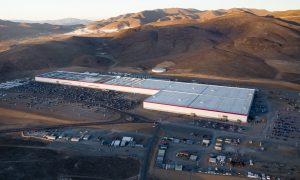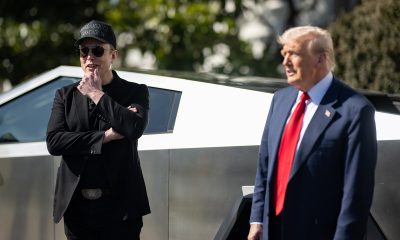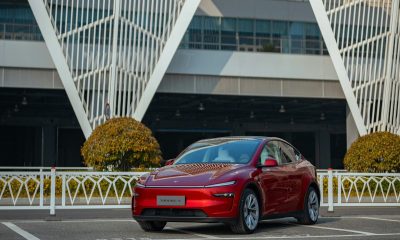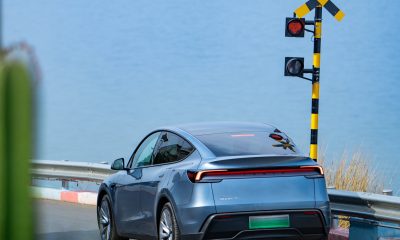News
Tesla Full Self-Driving changes your perception of travel — long or short
Tesla Full Self-Driving will ruin controlling your vehicle manually.
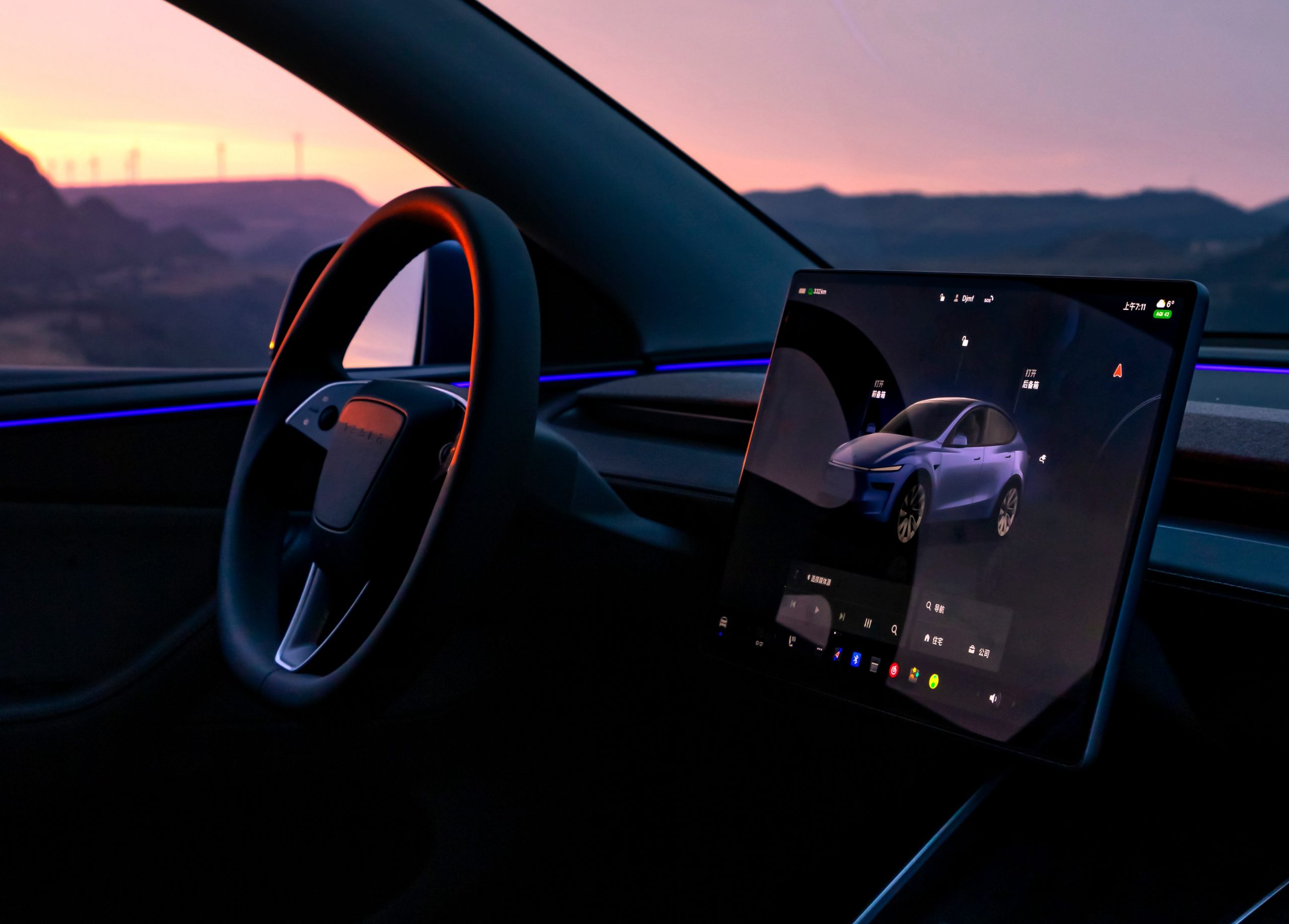
Tesla does not tell you what Full Self-Driving will do to your perception of travel. Whether your next trip is a two-minute ride up the street to the grocery store or a 1,500-mile trip across multiple states, you’ll never look at driving the same way.
This past weekend, I was lucky enough to have a new Tesla Model Y for the weekend. Equipped with the company’s Hardware 4 computer, the latest software version, and all of the new Model Y’s improvements from the legacy iteration, I knew much of my weekend would be spent testing FSD, as I have never had an extended experience with it.
By the time the weekend was over and it was time to pick up my non-Tesla car, I realized I was not ready to let go. Having the car drive me around from location to location all weekend was something I truly enjoyed, but it was more than just a convenience thing. I felt impressed, relaxed, and even, in some instances, safer.
🚨 The final leg of our trip here: FSD did a great job of navigating through this parking lot and getting us onto a highway with a very short on-ramp (a very typical part of living and driving in Pennsylvania).
Also, Autopark did a great job! I would like to see it improve by… pic.twitter.com/OBefKZKDCo
— TESLARATI (@Teslarati) May 5, 2025
What Tesla Full Self-Driving Did Well
Now, before I truly begin, I do want to say that I don’t think I’ll ever feel safer than when I’m in ultimate control of the vehicle. However, a lot of things that give me stress during a drive were handled with relative ease by the car — and I was happy I didn’t have to deal with it.
One instance was merging onto a busy highway with a very short merge lane. Full Self-Driving took a no-holds-barred approach, taking the space it was given and grabbing a spot in the right lane quickly.
It was not willing to be passive, but it was also not willing to sacrifice safety. It will not wait for others to pull the trigger and go at intersections or four-way stops. If there are a few seconds of stagnation from the car and another driver in that instance, it will go, of course, proceeding safely.
It even did a handful of things I didn’t expect it to do. It would stay in the right lane if multiple on-ramps were approaching. I took it on a stretch of highway where three on-ramps are all within a mile of one another.
It passed a tractor-trailer just before we made it to the first of those three on-ramps. It stayed in that left lane after overtaking the 18-wheeler, as Driver Visualization showed more cars approaching to merge. It was one of those moments that, even though I have written about this topic for several years, was unbelievably impressive.
It not only drives people safely, but it is also considerate of other drivers, which is very impressive.
I was incredibly surprised to see my Fiancè have so much ease when it was operating.
🚨 Tesla Full Self-Driving takes my Fiancé and I to Target
Flawless drive! We’ll document the rest of our errands today! pic.twitter.com/TAx3mWmVgh
— TESLARATI (@Teslarati) May 4, 2025
I figured, just because she is not as familiar with what Tesla does to make FSD better and how it works, that she would be very on edge during our rides. This was the opposite. She felt comfortable enough to look away from the road while in the passenger seat. Scrolling her phone or looking out at the blooming flowers was what she did in the car. It was no different from when I’m driving, and I think that was what was most impressive to me.
Driving after FSD
I found that picking up my car and driving manually back home truly brought me back to real life. Everyone with a Tesla and Full Self-Driving says that when you go back to another car, you feel like you’re stuck in the past.
I really did feel that way. Not only because of the aesthetic of the interior, but just because I was doing something that I just realized could be done for me with the right vehicle.
🚨 100% the truth!
Once you go FSD, you never go back! https://t.co/uq7qkgAbtA pic.twitter.com/lUN3rT2Kkl
— TESLARATI (@Teslarati) May 8, 2025
While I love the car I own now, I’m still deciding whether I love it enough to keep it. To be completely honest, I have hopped around with the idea of trading in my car for the new Model Y. Whether I will or not truly depends on the next few weeks and how I feel, but I know that I will be considering it for the next few months easily.
Elon Musk
Tesla reveals it is using AI to make factories more sustainable: here’s how
Tesla is using AI in its Gigafactory Nevada factory to improve HVAC efficiency.
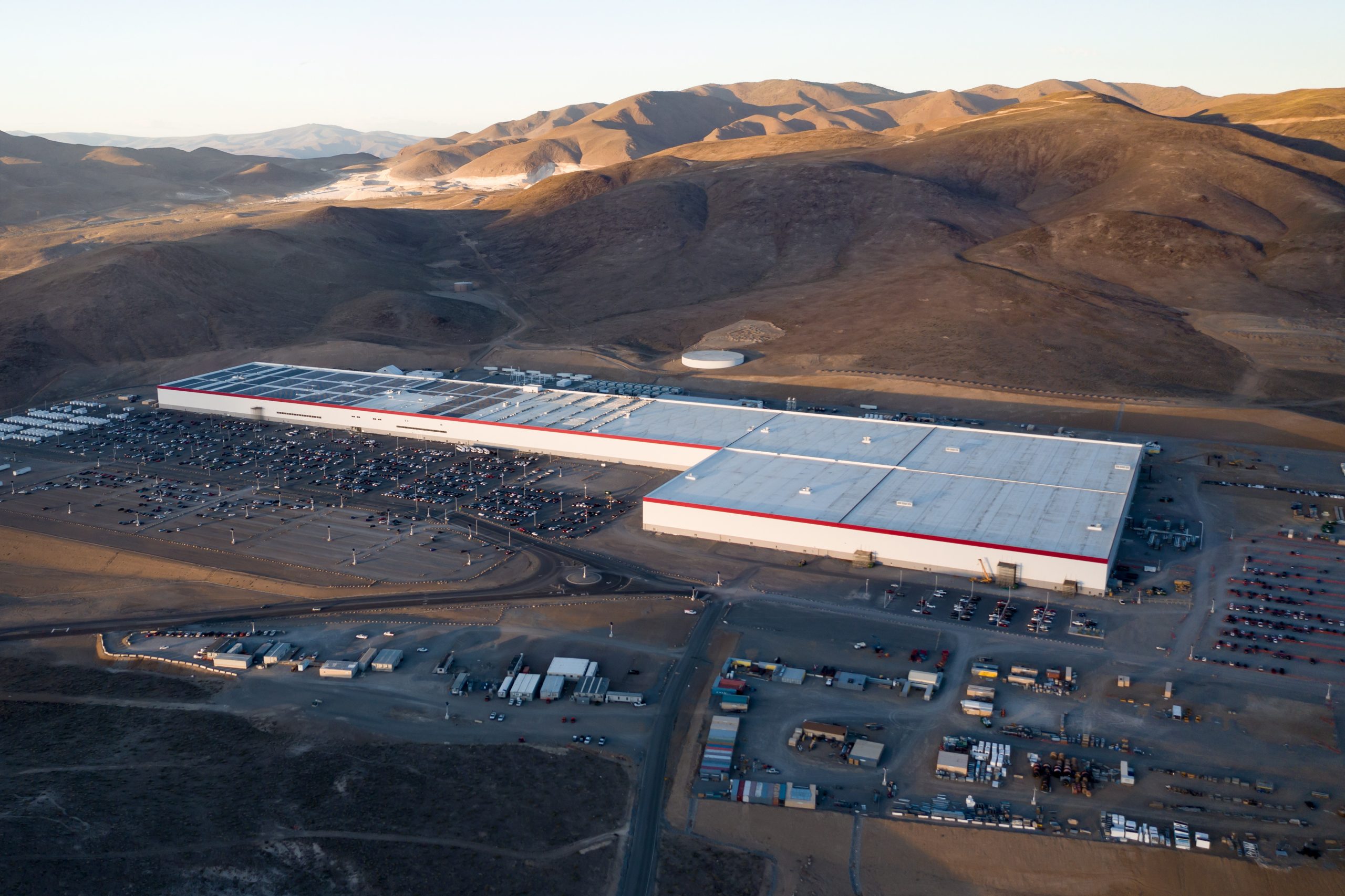
Tesla has revealed in its Extended Impact Report for 2024 that it is using Artificial Intelligence (AI) to enable its factories to be more sustainable. One example it used was its achievement of managing “the majority of the HVAC infrastructure at Gigafactory Nevada is now AI-controlled” last year.
In a commitment to becoming more efficient and making its production as eco-friendly as possible, Tesla has been working for years to find solutions to reduce energy consumption in its factories.
For example, in 2023, Tesla implemented optimization controls in the plastics and paint shops located at Gigafactory Texas, which increased the efficiency of natural gas consumption. Tesla plans to phase out natural gas use across its factories eventually, but for now, it prioritizes work to reduce emissions from that energy source specifically.
It also uses Hygrometric Control Logic for Air Handling Units at Giafactory Berlin, resulting in 17,000 MWh in energy savings each year. At Gigafactory Nevada, Tesla saves 9.5 GWh of energy through the use of N-Methylpyrrolidone refineries when extracting critical raw material.
Perhaps the most interesting way Tesla is conserving energy is through the use of AI at Gigafactory Nevada, as it describes its use of AI to reduce energy demand:
“In 2023, AI Control for HVAC was expanded from Nevada and Texas to now include our Berlin-Brandenburg and Fremont factories. AI Control policy enables HVAC systems within each factory to work together to process sensor data, model factory dynamics, and apply control actions that safely minimize the energy required to support production. In 2024, this system achieved two milestones: the majority of HVAC infrastructure at Gigafactory Nevada is now AI-controlled, reducing fan and thermal energy demand; and the AI algorithm was extended to manage entire chiller plants, creating a closed-loop control system that optimizes both chilled water consumption and the energy required for its generation, all while maintaining factory conditions.”
Tesla utilizes AI Control “primarily on systems that heat or cool critical factory production spaces and equipment.” AI Control communicates with the preexisting standard control logic of each system, and any issues can be resolved by quickly reverting back to standard control. There were none in 2024.
Tesla says that it is utilizing AI to drive impact at its factories, and it has proven to be a valuable tool in reducing energy consumption at one of its facilities.
Elon Musk
Tesla analysts believe Musk and Trump feud will pass
Tesla CEO Elon Musk and U.S. President Donald Trump’s feud shall pass, several bulls say.
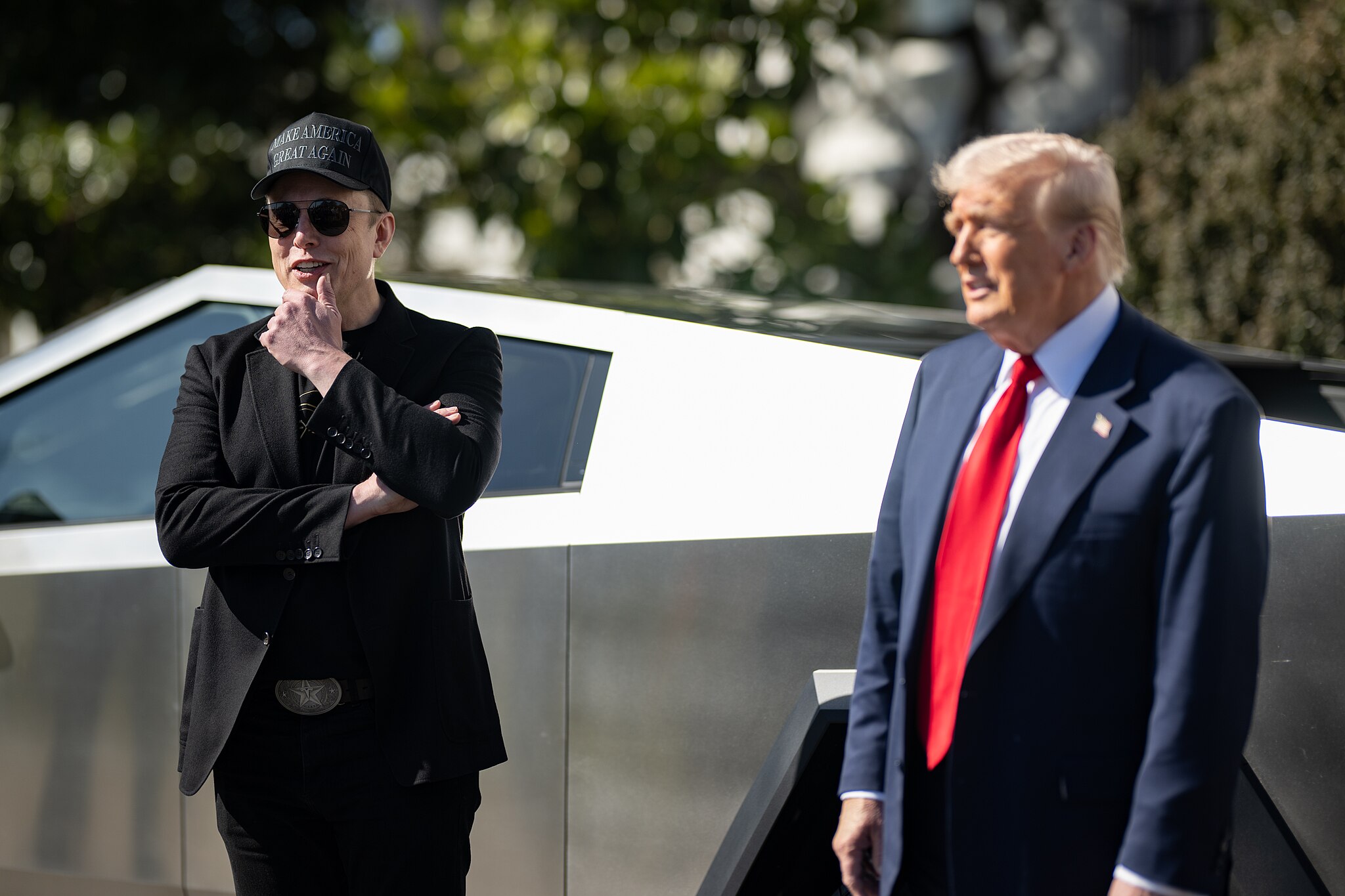
Tesla analysts are breaking down the current feud between CEO Elon Musk and U.S. President Donald Trump, as the two continue to disagree on the “Big Beautiful Bill” and its impact on the country’s national debt.
Musk, who headed the Department of Government Efficiency (DOGE) under the Trump Administration, left his post in May. Soon thereafter, he and President Trump entered a very public and verbal disagreement, where things turned sour. They reconciled to an extent, and things seemed to be in the past.
However, the second disagreement between the two started on Monday, as Musk continued to push back on the “Big Beautiful Bill” that the Trump administration is attempting to sign into law. It would, by Musk’s estimation, increase spending and reverse the work DOGE did to trim the deficit.
Every member of Congress who campaigned on reducing government spending and then immediately voted for the biggest debt increase in history should hang their head in shame!
And they will lose their primary next year if it is the last thing I do on this Earth.
— Elon Musk (@elonmusk) June 30, 2025
President Trump has hinted that DOGE could be “the monster” that “eats Elon,” threatening to end the subsidies that SpaceX and Tesla receive. Musk has not been opposed to ending government subsidies for companies, including his own, as long as they are all abolished.
How Tesla could benefit from the ‘Big Beautiful Bill’ that axes EV subsidies
Despite this contentious back-and-forth between the two, analysts are sharing their opinions now, and a few of the more bullish Tesla observers are convinced that this feud will pass, Trump and Musk will resolve their differences as they have before, and things will return to normal.
ARK Invest’s Cathie Wood said this morning that the feud between Musk and Trump is another example of “this too shall pass:”
BREAKING: CATHIE WOOD SAYS — ELON AND TRUMP FEUD “WILL PASS” 👀 $TSLA
She remains bullish ! pic.twitter.com/w5rW2gfCkx
— TheSonOfWalkley (@TheSonOfWalkley) July 1, 2025
Additionally, Wedbush’s Dan Ives, in a note to investors this morning, said that the situation “will settle:”
“We believe this situation will settle and at the end of the day Musk needs Trump and Trump needs Musk given the AI Arms Race going on between the US and China. The jabs between Musk and Trump will continue as the Budget rolls through Congress but Tesla investors want Musk to focus on driving Tesla and stop this political angle…which has turned into a life of its own in a roller coaster ride since the November elections.”
Tesla shares are down about 5 percent at 3:10 p.m. on the East Coast.
Elon Musk
Tesla scrambles after Musk sidekick exit, CEO takes over sales
Tesla CEO Elon Musk is reportedly overseeing sales in North America and Europe, Bloomberg reports.
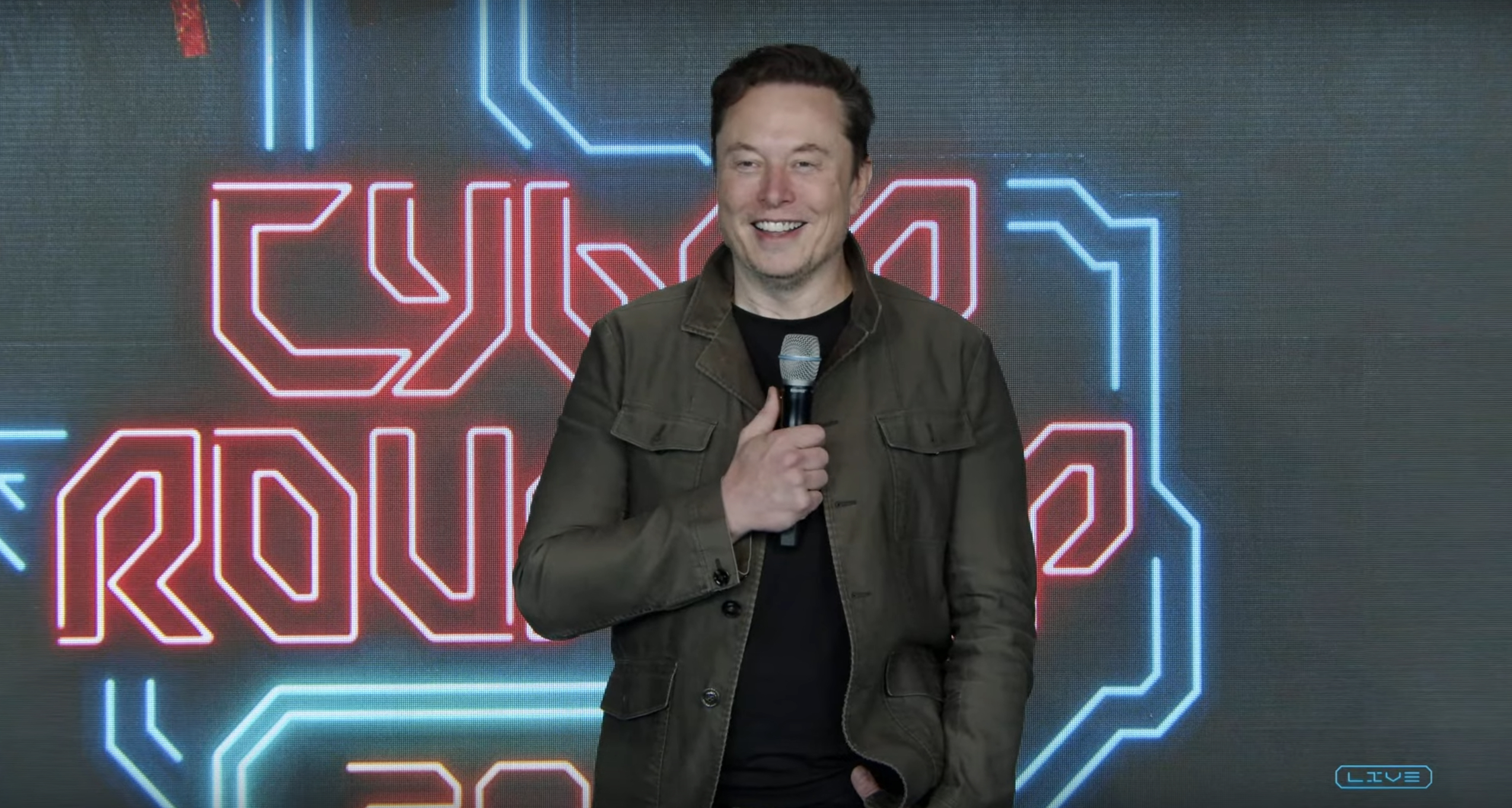
Tesla scrambled its executives around following the exit of CEO Elon Musk’s sidekick last week, Omead Afshar. Afshar was relieved of his duties as Head of Sales for both North America and Europe.
Bloomberg is reporting that Musk is now overseeing both regions for sales, according to sources familiar with the matter. Afshar left the company last week, likely due to slow sales in both markets, ending a seven-year term with the electric automaker.
Tesla’s Omead Afshar, known as Elon Musk’s right-hand man, leaves company: reports
Afshar was promoted to the role late last year as Musk was becoming more involved in the road to the White House with President Donald Trump.
Afshar, whose LinkedIn account stated he was working within the “Office of the CEO,” was known as Musk’s right-hand man for years.
Additionally, Tom Zhu, currently the Senior Vice President of Automotive at Tesla, will oversee sales in Asia, according to the report.
It is a scramble by Tesla to get the company’s proven executives over the pain points the automaker has found halfway through the year. Sales are looking to be close to the 1.8 million vehicles the company delivered in both of the past two years.
Tesla is pivoting to pay more attention to the struggling automotive sales that it has felt over the past six months. Although it is still performing well and is the best-selling EV maker by a long way, it is struggling to find growth despite redesigning its vehicles and launching new tech and improvements within them.
The company is also looking to focus more on its deployment of autonomous tech, especially as it recently launched its Robotaxi platform in Austin just over a week ago.
However, while this is the long-term catalyst for Tesla, sales still need some work, and it appears the company’s strategy is to put its biggest guns on its biggest problems.
-

 Elon Musk1 day ago
Elon Musk1 day agoTesla investors will be shocked by Jim Cramer’s latest assessment
-

 News6 days ago
News6 days agoTesla Robotaxi’s biggest challenge seems to be this one thing
-

 News2 weeks ago
News2 weeks agoTesla’s Grok integration will be more realistic with this cool feature
-

 Elon Musk2 weeks ago
Elon Musk2 weeks agoElon Musk slams Bloomberg’s shocking xAI cash burn claims
-

 News2 weeks ago
News2 weeks agoTesla China roars back with highest vehicle registrations this Q2 so far
-

 News2 weeks ago
News2 weeks agoTesla dominates Cars.com’s Made in America Index with clean sweep
-

 News2 weeks ago
News2 weeks agoTexas lawmakers urge Tesla to delay Austin robotaxi launch to September
-

 Elon Musk1 week ago
Elon Musk1 week agoFirst Look at Tesla’s Robotaxi App: features, design, and more


